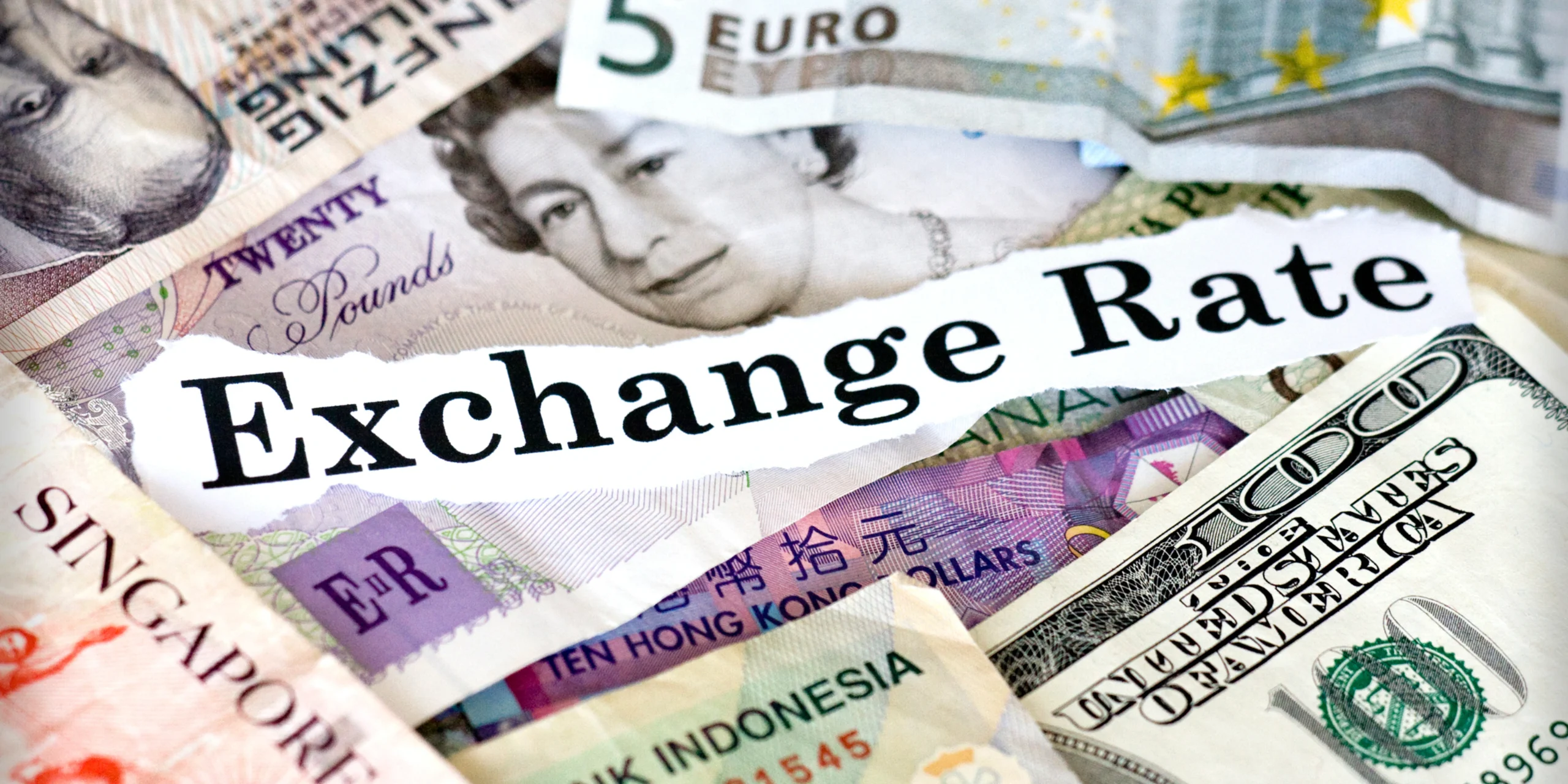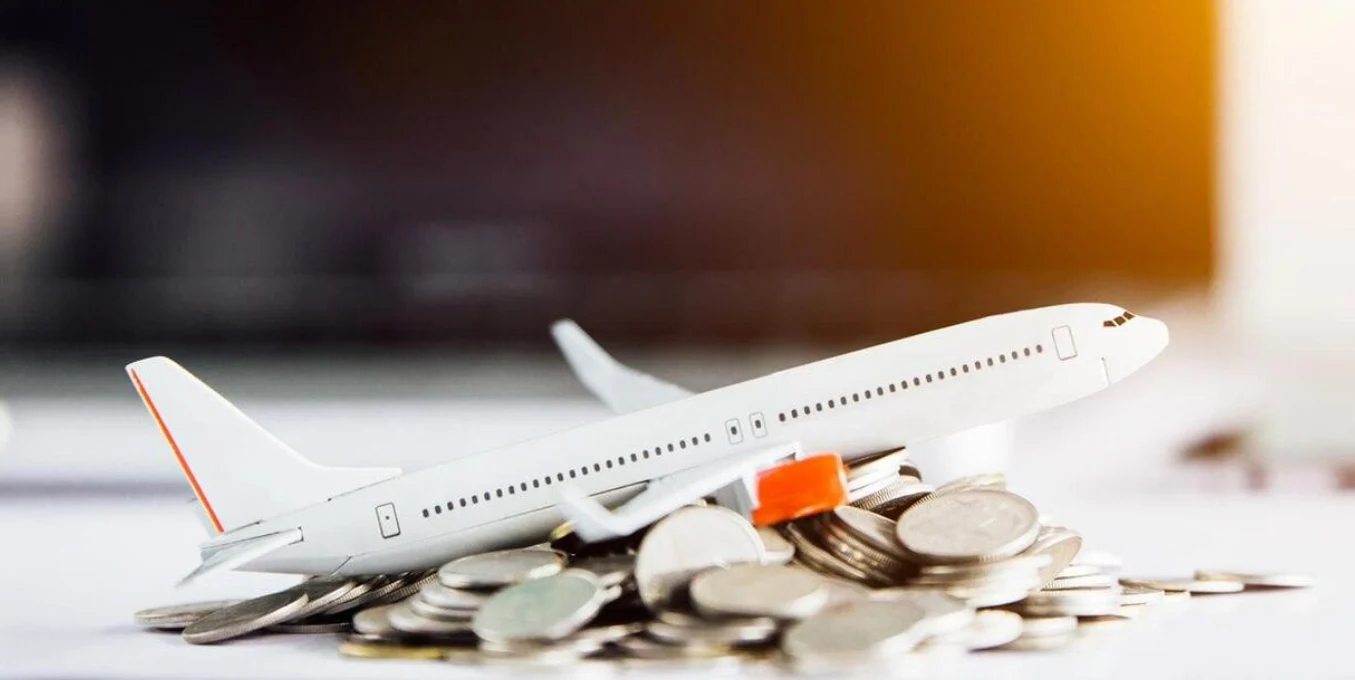Foreign exchange rates are the lifeblood of global trade and investment and exert a powerful influence over everything from the price of a vacation to a multinational company’s business performance. But it is a source of mystery to many how these rates are generated. How do money exchangerates work? Let’s untangle the complex network of forces that determine these rates and that directly affect economies around the globe.
Supply and Demand Dynamics
At base, a money exchange rate is the result of supply and demand in the foreign exchange (forex) market. The price of a currency like any other asset is based on how much of it is available in the market and how much people want it.
Interest Rates
Exchange rates are in large part influenced by the interest rates set by central banks. Higher interest rates tend to pull in foreign investment,driving up demand for a country’s currency and the currency itself. On the flip side, low interest rates may lead to a decreased demand and depreciation of a currency.
The Numbers On Money ExchangeRates
A currency’s exchange rate is affected by key macroeconomic indicators such as GDP growth, inflation, employment data, and trade balances. A strong economy usually boosts a currency as investors look for better returns in the stability of developed markets.
Political Stability and Policies Towards Economic Situation
A strong currency also requires political stability and the adoption of good economic policies. Political uncertainty or erratic policies could unsettle investor sentiment and cause the currency to drop.
Speculations on Money Exchange Rates
The forex market is also sensitive to economic news – and also does not fear disasters like long stock traders. Traders can also buy or sell currencies based on where they expect them to go, further ratcheting up market volatility.
Human Forecasts on Currency Exchange Rates
The market sentiment, economic reports, or geopolitical events and how investors feel about how a particular currency should fair, can influence currency exchange rates. Sentiment When an economy thrives or a political stance is positive, the currency of that country is more appealing and thus more valuable, on the other hand negative opinion or perception of a country can devalue its currency during a time of political or economic instability.
Central Bank Interventions
Every now and then, central banks dump or scoop their currencies in a bid to stabilise exchange rates or rebalance economies. They can also purchase, or sell, large amounts of that may help to push the value of the currency in a particular direction, particularly if volatility in the market is too high.
Trade Flows
International trade heavily influences money exchange rates. A trade surplus (a nation exporting more than it imports) will tend to devalue its currency (making the country’s products less expensive on the global market) and a trade deficit has the opposite effect.
Liquidity of the Market On Money Exchange Rates
A currency’s liquidity in forex market can influence the exchange rate. More liquid currencies (eg, US dollar or euro), where spreads and transaction costs are at their minimum, have lower spreads and transaction costs relative to less liquid currencies. Currency Pegs and Bands
Some countries choose to peg their currency against a stable foreign currency or a basket of currencies. Alternatively, a currency band can be established whereby rate can be varied in a range. These mechanisms affect the exchange rate by fixing the value of domestic money to another money or group of monies.
Technological Advancements Impact On Money Exchange Rates
Advancements in technology have revolutionized the forex market, making it more accessible and efficient. Electronic trading platforms and algorithmic trading have increased market transparency and liquidity, impacting exchange rate dynamics.
Global Economic Trends
Money exchange rates are also influenced by broader global economic trends, such as shifts in commodity prices, changes in international investment patterns, and geopolitical developments. These factors can have far-reaching effects on currency values across multiple economies.
In Conclusion
Money exchange rates are determined by a complex interplay of economic, political, and market forces. Understanding these dynamics is essential for businesses, investors, and policymakers to navigate the intricacies of the global financial system. While money exchange rates may fluctuate in the short term, a deep understanding of the underlying factors can help anticipate trends and make informed decisions in an ever-changing economic landscape. Find smart tips of international money exchange and enjoy better savings for your trip.




